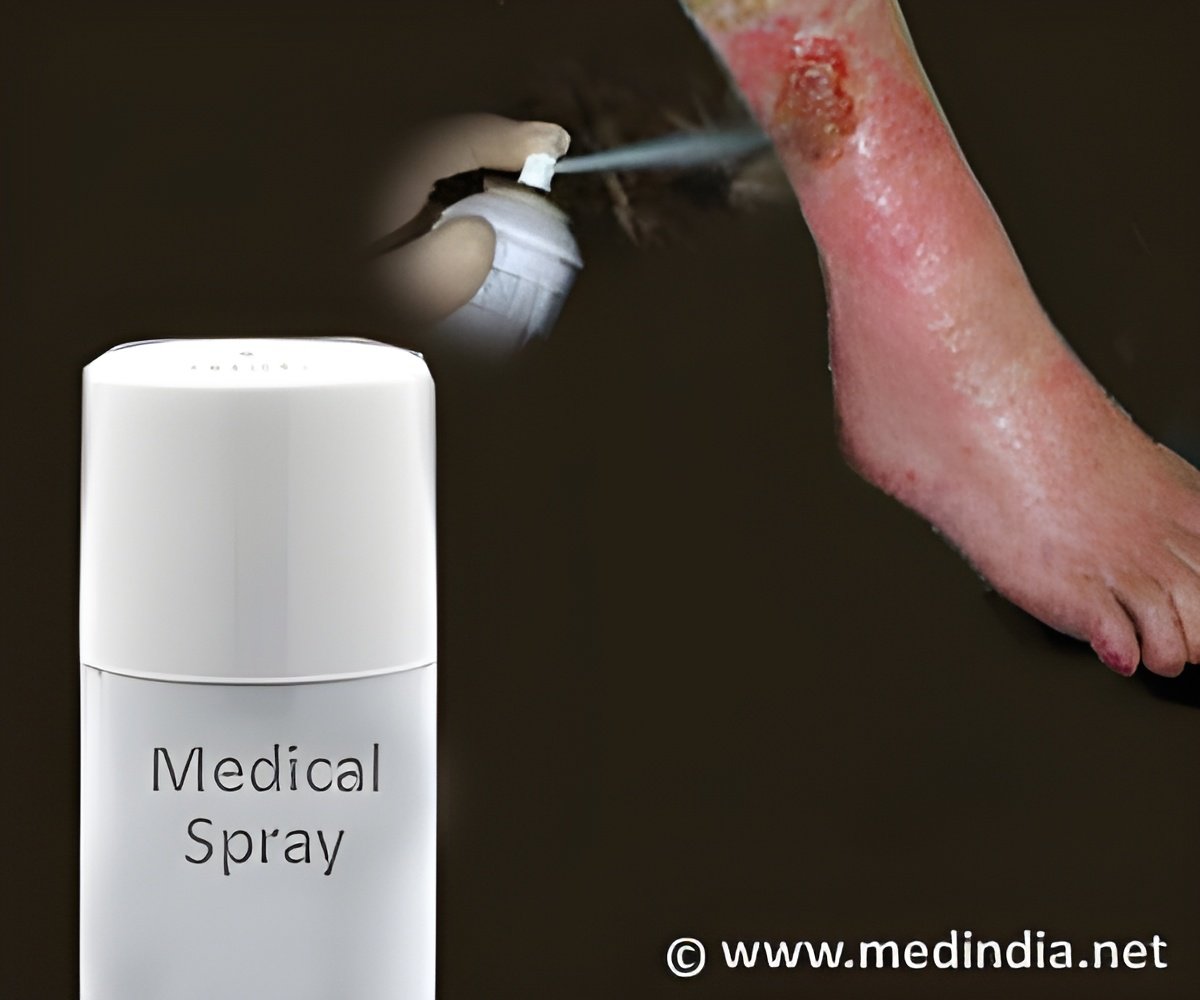A new skin spray that heals wounds faster and more effectively has been recently tested by Canadian and American researchers. More research is required to establish its cost–effectiveness

Leg ulcers are painful open wounds that are hard to treat and take months to heal. They are caused when high blood pressure in the leg veins damages the skin leading to its break down, resulting in an open wound. When the wound is dressed it may provide relief, but only for a short while. If the underlying condition remains unaddressed, the wound is likely to open again!
Up until now, compression bandages have been considered as the best mode of treatment for leg ulcers but, sadly, they are able to heal only 70% of the wounds, and that too after a period of six months.
The other effective treatment option is to perform a skin graft, which includes taking skin from another part of the body and grafting it over the wounded part. Now, instead of the skin graft the new spray can actually put a layer of donated skin cells and proteins (that aid in blood clotting) over the ulcerous wound.
While carrying out the study it was found that patients on whom the spray was applied every 14 days displayed the biggest improvement. In these patients, the size of the wound was seen to reduce rapidly as soon as the treatment began. Among patients in whom the spray was used, 70% were healed after three months compared to the 46% who received other modes of treatments.
According to one of the scientists involved in this study, the skin spray has the potential to shorten recovery times and the overall recovery rate without the need for a skin graft. This avoids the need for a fresh wound to be formed, as it happens in case of a graft. Also, the spray–on skin solution is made available on demand. The risk of infection that is present in case of graft can also be avoided when skin sprays are used.
Source-Medindia















